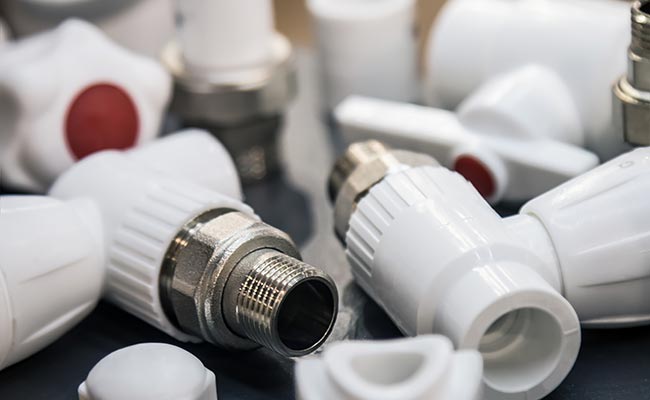You’ve installed a new PVC ball valve and expect it to work for years. But a sudden failure can cause a flood, ruin equipment, and shut down operations.
A high-quality PVC ball valve can last up to 20 years in ideal conditions. However, its actual lifespan is determined by factors like UV exposure, chemical contact, water temperature, system pressure, and how often it is used.
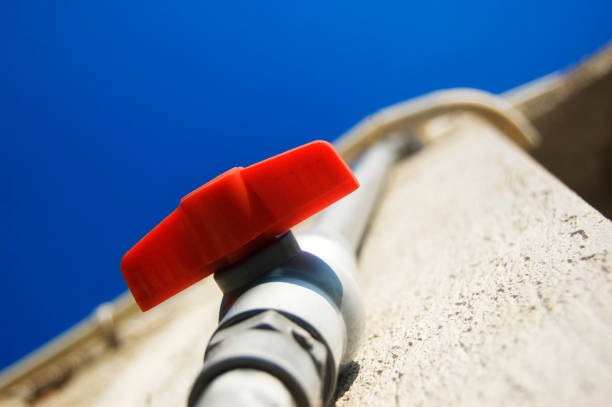
That 20-year figure is a starting point, not a guarantee. The real answer is “it depends.” I was talking about this with Budi, a purchasing manager I work with in Indonesia. He sees the full spectrum. Some of his customers have our valves running perfectly in agricultural systems after 15 years. Others, unfortunately, have had valves fail in under two years. The difference is never the valve itself, but the environment it lives in. Understanding these environmental factors is the only way to predict how long your valve will actually last and to make sure it reaches its full potential.
What is the life expectancy of a PVC ball valve?
You want a simple number for your project plan. But basing your timeline and budget on a guess is risky, especially if the valve fails long before you expect it to.
The life expectancy of a PVC ball valve ranges from a few years to over two decades. This is not fixed. The final lifespan depends entirely on its operating conditions and the quality of its materials.
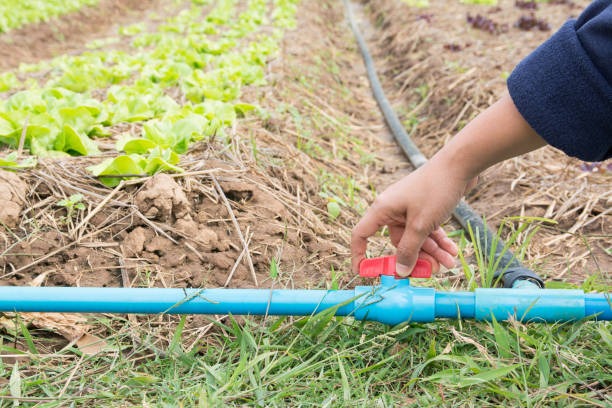
Think of a valve’s lifespan like a full tank of gas. You start with a range of 20 years. Every harsh condition you subject it to uses up that fuel faster. The biggest factors are UV radiation from sunlight and frequent use. A valve installed outdoors without protection will become brittle as UV rays break down the PVC plastic. After a few years, it could become so fragile that a simple knock could shatter it. A valve in a factory that is opened and closed hundreds of times a day will wear out its internal seals much faster than a mainline shutoff that is only turned twice a year. High temperatures, even those below the official 60°C limit, will still shorten its life over time compared to a valve in a cool, dark environment. True longevity comes from matching a quality valve to a gentle environment.
How long do PVC ball valves last?
You have heard they can last for decades. But you have also seen some that are cracked and yellowed after only a few seasons. This makes it hard to trust them.
In a protected, low-stress environment like an indoor plumbing line, a PVC ball valve can easily last for more than 20 years. However, when exposed to direct sunlight and high usage, its functional life can be cut to just 3-5 years.
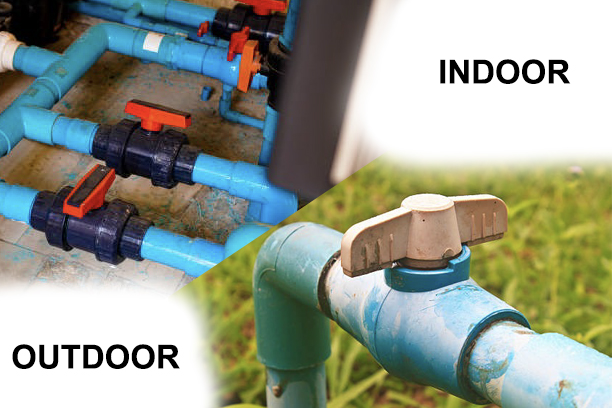
This contrast is something I discuss with Budi all the time. He has one client, a farmer, who installed our valves in an enclosed pump house for his irrigation system 15 years ago. They are protected from sun and weather, and they operate perfectly to this day. He has another client who installs plumbing for rooftop pools. His early projects used unprotected valves. In the intense Indonesian sun, those valves became brittle and started failing within four years. It was the exact same high-quality valve. The only difference was the environment. This shows that the question isn’t just “How long does the valve last?” but “How long will it last in this specific spot?” Protecting a PVC valve from its main enemy, the sun, is the single most important thing you can do to ensure it reaches its maximum lifespan. A simple coat of latex paint or a valve box can add years of life.
How reliable are PVC ball valves?
PVC is just plastic, and it can feel less robust than metal. You worry that it might crack or leak under real-world pressure, making it seem less dependable than a heavy brass valve.
High-quality PVC ball valves are extremely reliable for their intended applications. Their plastic construction means they are completely immune to the rust and mineral buildup that cause metal valves to fail or seize over time.
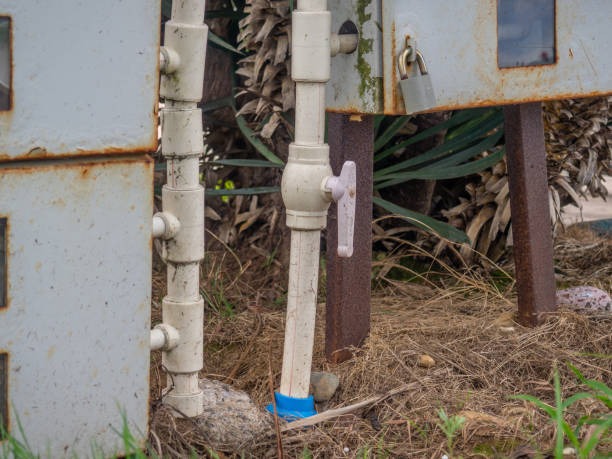
Reliability is about more than just brute strength; it’s about consistent performance. A metal valve looks tough, but in many water systems, its reliability actually decreases over time. Minerals in the water, or chemicals like chlorine, can cause corrosion and scale to build up inside. This makes the valve stiff and difficult to turn. Eventually, it can seize up completely, making it useless in an emergency. PVC valves don’t have this problem. They are chemically inert to water and most common additives. They cannot rust or corrode. The internal surface stays smooth, and the ball continues to turn easily, even after a decade of service. This is the true reliability I talk to Budi’s clients about. For any cold-water application, from pools to irrigation to aquaculture, a PVC valve offers a level of long-term, predictable reliability that metal often cannot match because it won’t seize up.
How long does a PVC valve last?
Your valve has stopped working correctly. You’re wondering if it just wore out from old age, or if something specific caused it to fail so you can prevent it from happening again.
A PVC valve’s life ends when a key component fails. This is almost always due to one of three things: worn-out internal seals, UV degradation that makes the body brittle, or physical damage from over-tightening.
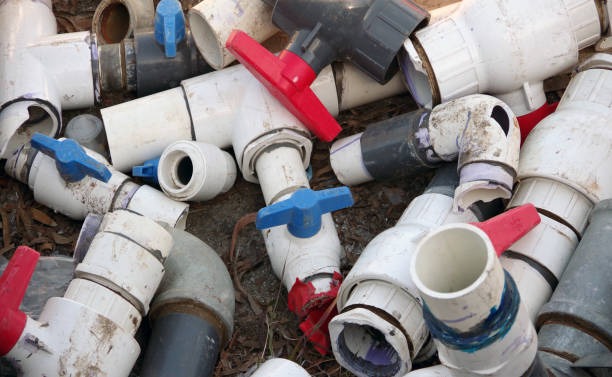
Valves don’t just “die of old age”; a specific part gives out. The first and most common failure is the seals. The white PTFE rings that seal the ball and the black EPDM O-rings on the stem wear out from thousands of open-and-close cycles. This leads to a small leak, either through the pipe or out the handle. This is normal wear and tear. The second failure is the body itself. UV light makes PVC brittle over years. A perfectly functional valve can suddenly crack from water hammer or a minor impact. The third common failure happens during installation. People often use too much force or thread tape when connecting threaded valves. This creates immense pressure on the female threaded end of the valve, causing a hairline crack that might fail weeks or months later. Understanding these failure modes shows that a valve’s lifespan is something you can actively manage and extend.
Conclusion
A quality PVC valve can last for decades. Its lifespan depends less on time and more on proper use, protection from UV light, and the right system design for its application.
Post time: Jul-28-2025



